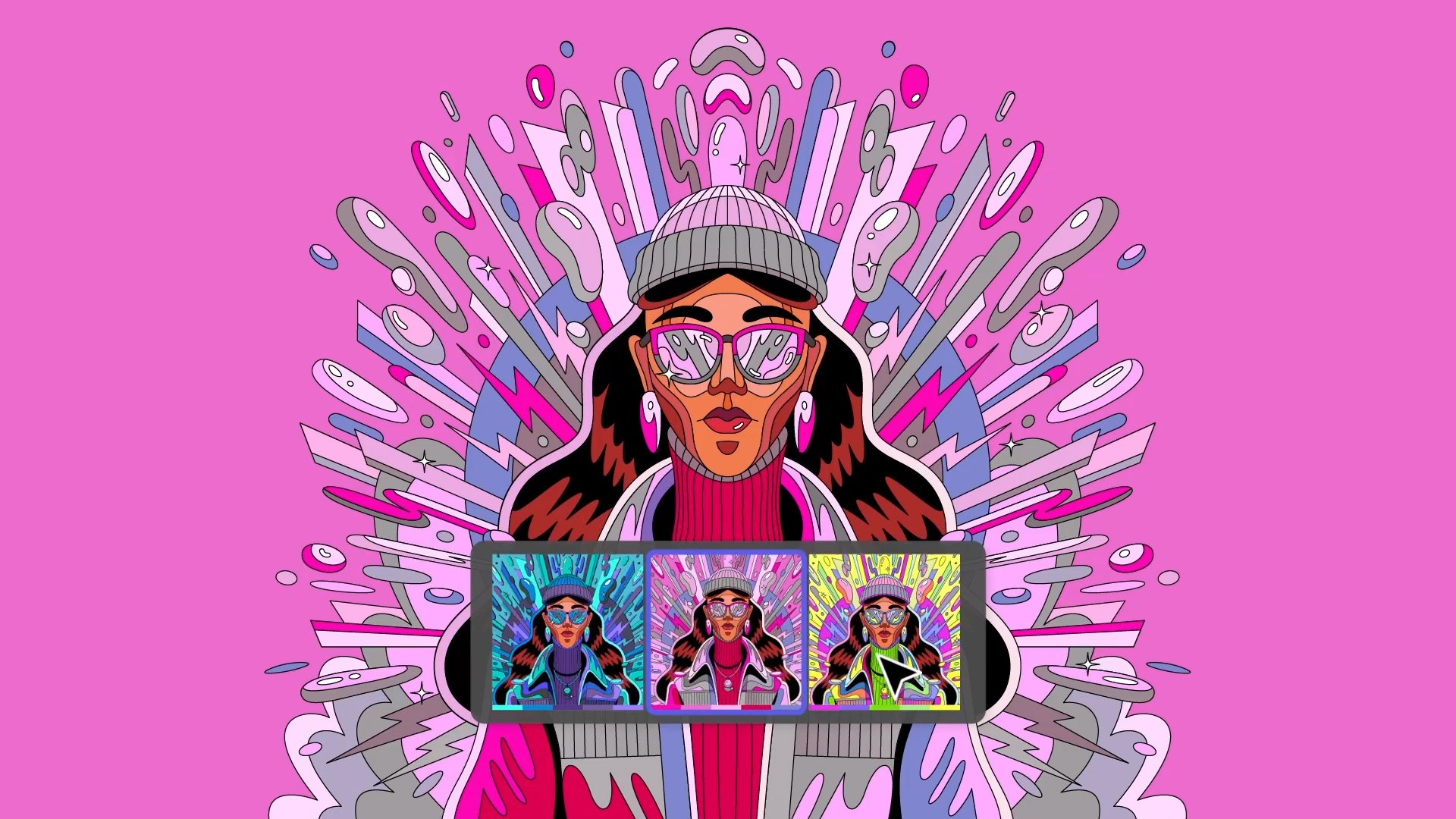AI Revolution: Will Creatives Still Have Jobs in the Age of Artificial Design?
In the whirlwind of technological advancement, the rise of artificial intelligence (AI) in art and design has sparked a fierce debate: As AI grows more sophisticated, will creatives still have their place in the Age of Artificial Design? Despite the impressive strides AI has made, there are compelling reasons to believe that the essence of creativity—a distinctly human attribute—cannot be replicated or replaced by algorithms. Let's delve into why the future of art and design still firmly belongs in the hands of human creatives.
AI: The Good Aggregator but Not the Ideator
AI has demonstrated its prowess in aggregating vast amounts of data, analyzing patterns, and even generating artwork that mimics human styles. However, its capacity for genuine ideation—the spark of originality that ignites the creative process—is fundamentally lacking. AI operates within the confines of its programming and the data it has been fed; it cannot dream, wonder, or experience the world as humans do. Creativity, at its core, is about making connections that are not immediately obvious, drawing on personal experiences, emotions, and the subtle nuances of being human—elements that are beyond AI's reach.
Creativity: Breathing Life into Ideas
The magic of creativity lies in its ability to breathe life into ideas, transforming the intangible into something that resonates on a deep emotional level. It's about storytelling, conveying messages, and touching hearts—tasks that require empathy, cultural understanding, and emotional intelligence. These are areas where AI, for all its computational power, falls short. A painting, design, or piece of music crafted by a human carries with it the weight of the creator's experiences, intentions, and the indefinable essence of life itself—qualities that AI-generated works cannot authentically replicate.
The Human Context: A Canvas Beyond Computation
Art and design are not just about aesthetics; they are deeply intertwined with the human context. They reflect societal trends, cultural movements, and the zeitgeist of an era. Human creatives can intuitively navigate these complex waters, infusing their works with relevance and meaning that speak to the human condition. AI, while it can mimic styles and techniques, lacks the capability to understand the deeper context of its creations, making it a tool rather than a true creator in the realm of art and design.
The Collaborative Future: AI as an Ally, Not a Replacement
Rather than viewing AI as a threat to creative jobs, it's more productive to see it as a powerful ally. AI can automate repetitive tasks, provide inspiration by generating ideas based on vast datasets, and even assist in the creative process by offering novel solutions within specified parameters. By leveraging AI as a tool, creatives can free themselves from the mundane aspects of their work, allowing more time and energy to be devoted to the truly creative aspects of their projects.
Wrapping Up
The AI revolution is undoubtedly reshaping the landscape of art and design, but it is not poised to replace human creatives. The essence of creativity—ideation, emotional depth, and contextual understanding—remains uniquely human. As we navigate the age of artificial design, it's clear that the future of creativity will not be written by algorithms but by the artists and designers who harness AI to push the boundaries of what's possible, all while keeping the human spirit at the heart of their creations.


